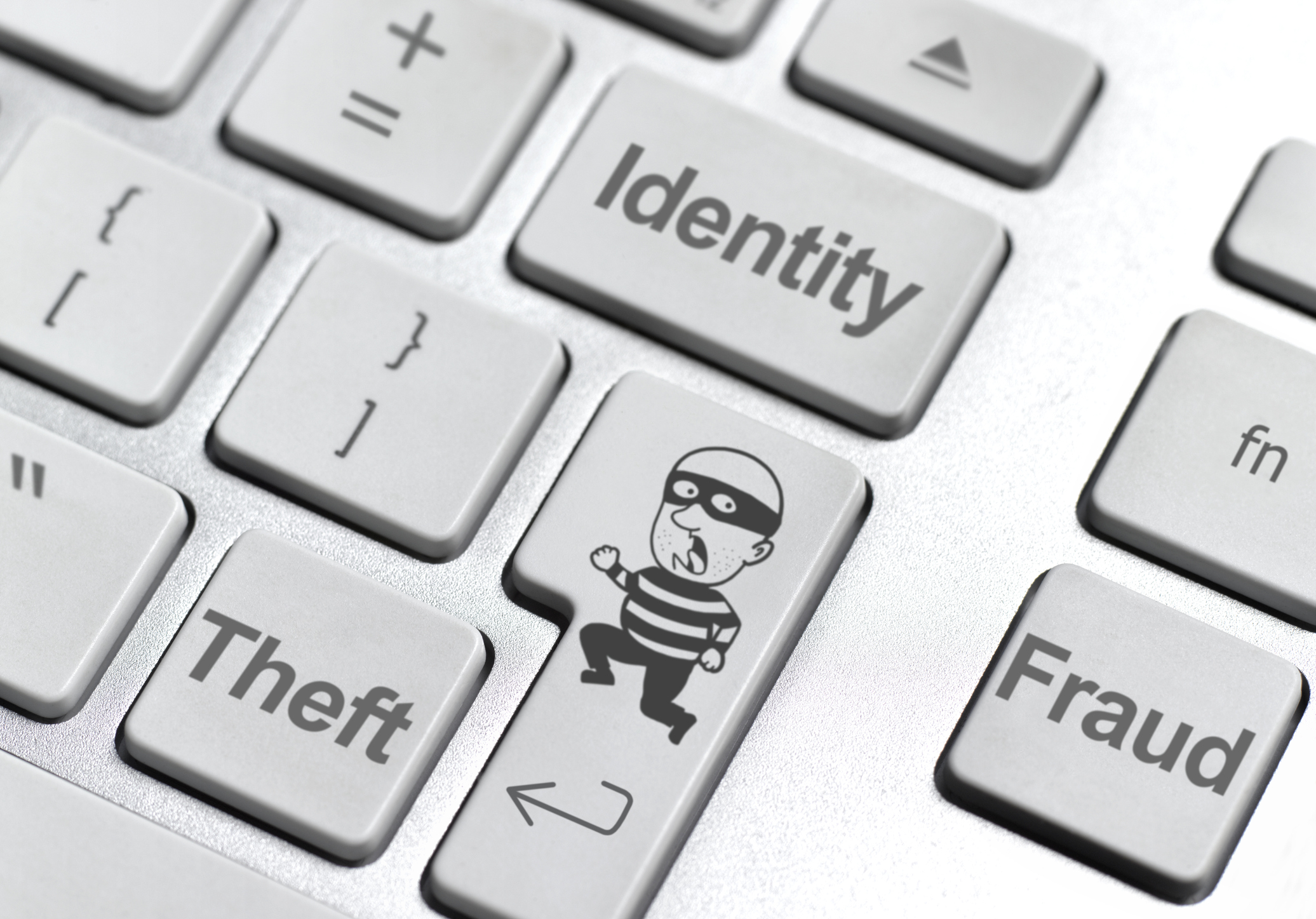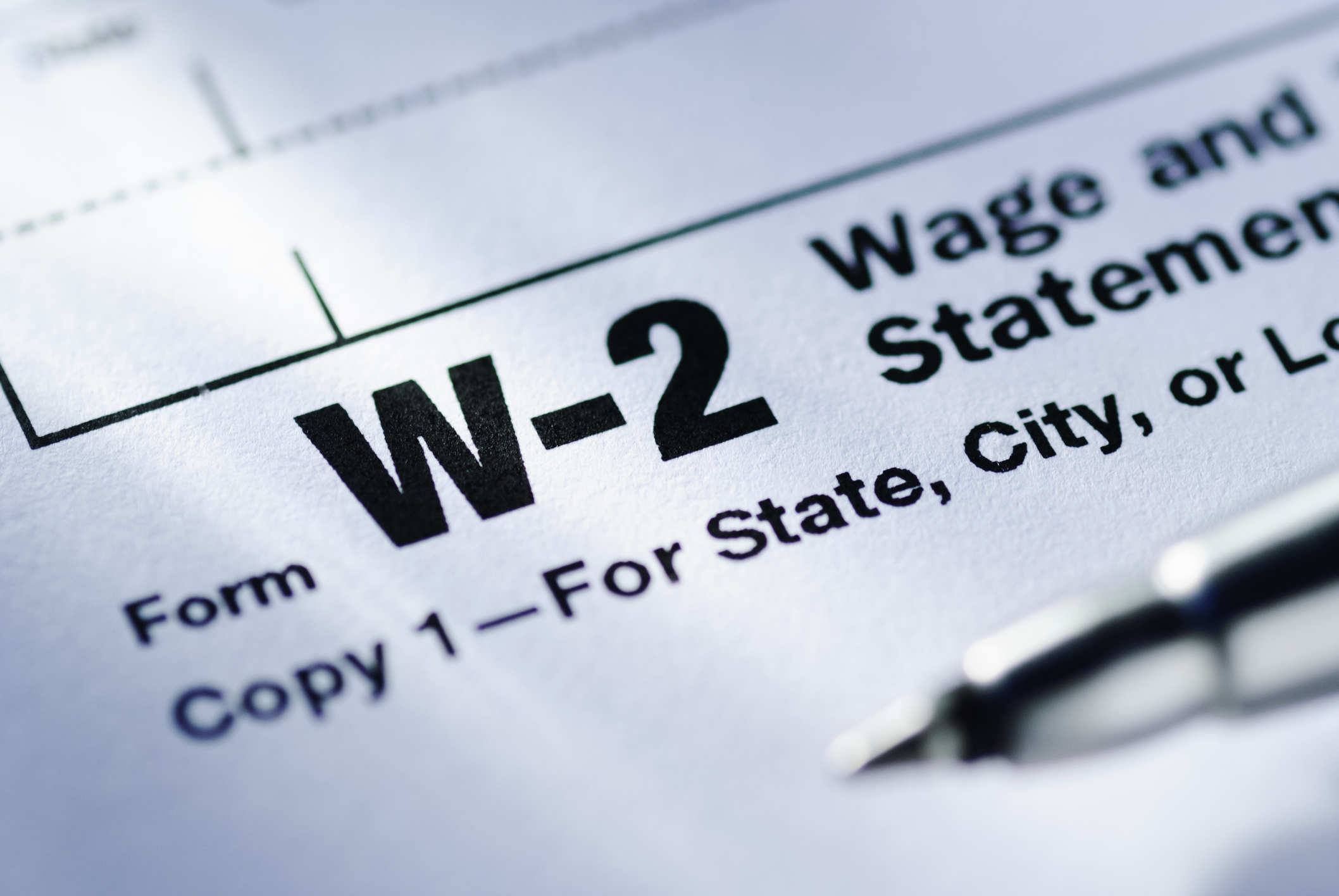Tricks ID Thieves Use
Knowing which red flags to watch for will help you protect your identity.

My credit-card company called me and said that somebody tried to charge a penny to my account. When I explained that it wasn’t my charge, the issuer canceled my card and sent me a new one. Was this an identity thief at work? In the future, what can I do to protect myself from identity theft?
This is a common ploy for ID thieves, who test out your credit card with a small charge and then, if it goes through, start making big purchases. Crooks may even use programs with algorithms that run 16-digit numbers until they get a hit. Then they try to charge a penny or a dollar or two, making it look as if a charity is the recipient, says Adam Levin, chairman of Identity Theft 911, which sells ID-theft prevention services to businesses. “They’re hoping that because of the small size of the transaction, it will slip through filtering systems.”
Another trick ID thieves use is to impersonate an employee of your bank’s fraud department and fish for your sensitive information. After offering enough of your personal details to get in your trust, they may ask you for your Social Security number or the security code on your credit card. If you get a suspicious call, call the customer-service number on the back of your credit card.

Sign up for Kiplinger’s Free E-Newsletters
Profit and prosper with the best of expert advice on investing, taxes, retirement, personal finance and more - straight to your e-mail.
Profit and prosper with the best of expert advice - straight to your e-mail.
It’s a good idea to regularly check your bank and credit-card balances online for suspicious transactions. You should also check your credit report to see whether anyone has applied for credit in your name. You can get one free credit report per year from each of the three credit bureaus at www.annualcreditreport.com. You could also put a credit freeze on your account, which blocks potential lenders from getting access to your credit report without your authorization. (Your current creditors are exempt from the freeze, and you can make charges to your current cards without unfreezing your account.) The protection works only if you freeze your credit at all three bureaus (Equifax.com, TransUnion.com and Experian.com). It generally costs $10 at each bureau to freeze the account and $10 to unfreeze it.
Get Kiplinger Today newsletter — free
Profit and prosper with the best of Kiplinger's advice on investing, taxes, retirement, personal finance and much more. Delivered daily. Enter your email in the box and click Sign Me Up.

As the "Ask Kim" columnist for Kiplinger's Personal Finance, Lankford receives hundreds of personal finance questions from readers every month. She is the author of Rescue Your Financial Life (McGraw-Hill, 2003), The Insurance Maze: How You Can Save Money on Insurance -- and Still Get the Coverage You Need (Kaplan, 2006), Kiplinger's Ask Kim for Money Smart Solutions (Kaplan, 2007) and The Kiplinger/BBB Personal Finance Guide for Military Families. She is frequently featured as a financial expert on television and radio, including NBC's Today Show, CNN, CNBC and National Public Radio.
-
 Two Don'ts and Four Dos During Trump's Trade War
Two Don'ts and Four Dos During Trump's Trade WarThe financial rules have changed now that tariffs have disrupted the markets and created economic uncertainty. What can you do? (And what shouldn't you do?)
By Maggie Kulyk, CRPC®, CSRIC™
-
 I'm Single, With No Kids: Why Do I Need an Estate Plan?
I'm Single, With No Kids: Why Do I Need an Estate Plan?Unless you have a plan in place, guess who might be making all the decisions about your prized possessions, or even your health care: a court.
By Cynthia Pruemm, Investment Adviser Representative
-
 How to Guard Against Identity Theft in 2025
How to Guard Against Identity Theft in 2025Scammers are getting better at impersonating legitimate businesses.
By Mallika Mitra
-
 Social Media Scams Cost Consumers $2.7B, Study Shows
Social Media Scams Cost Consumers $2.7B, Study ShowsScams related to online shopping, investment schemes and romance top the FTC's social media list this year.
By Joey Solitro
-
 Tired of Scam Text Messages? The FCC Cracks Down
Tired of Scam Text Messages? The FCC Cracks DownNew scam text message rules from the FCC require carriers to block texts from bad numbers and protect consumers.
By Ben Demers
-
 Tax Scam: IRS Warns Taxpayers Against Filing False W-2 Info
Tax Scam: IRS Warns Taxpayers Against Filing False W-2 InfoScams A new tax scam on social media advises lying on your W-2 to falsely claim credits and bigger refunds.
By Ben Demers
-
 Beware Fake Disney Plus Emails That Steal Your Bank Information
Beware Fake Disney Plus Emails That Steal Your Bank InformationFake Disney Plus billing messages enable scammers to access your bank account and drain your funds.
By Ben Demers
-
 Watch Out for Flood-Damaged Cars from Hurricane Ian
Watch Out for Flood-Damaged Cars from Hurricane IanBuying & Leasing a Car In the wake of Hurricane Ian, more flood-damaged cars may hit the market. Car prices may rise further because of increased demand as well.
By Bob Niedt
-
 The Best Way to Protect a Parent from Scammers
The Best Way to Protect a Parent from ScammersScams Adult children worried about their parents’ ability to spot and avoid fraud have several options to help protect them, including a durable power of attorney, a guardianship and a revocable trust. Which might be best for your family?
By James J. Ferraro, JD
-
 How to Avoid a Summer of Scams – Expert Tips to Help Aging Parents
How to Avoid a Summer of Scams – Expert Tips to Help Aging ParentsScams Financial professionals share their top tips to help avoid becoming a statistic in a summertime wave of identity theft, account hacks and telemarketing fraud.
By Pam Krueger